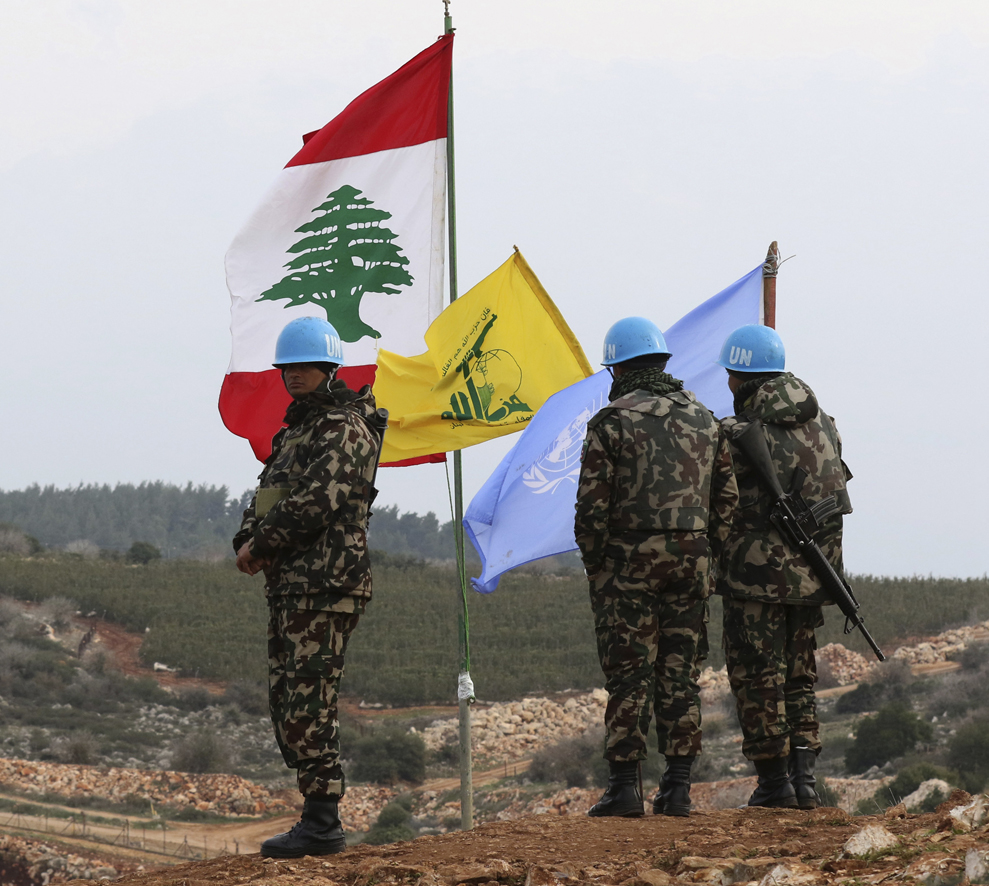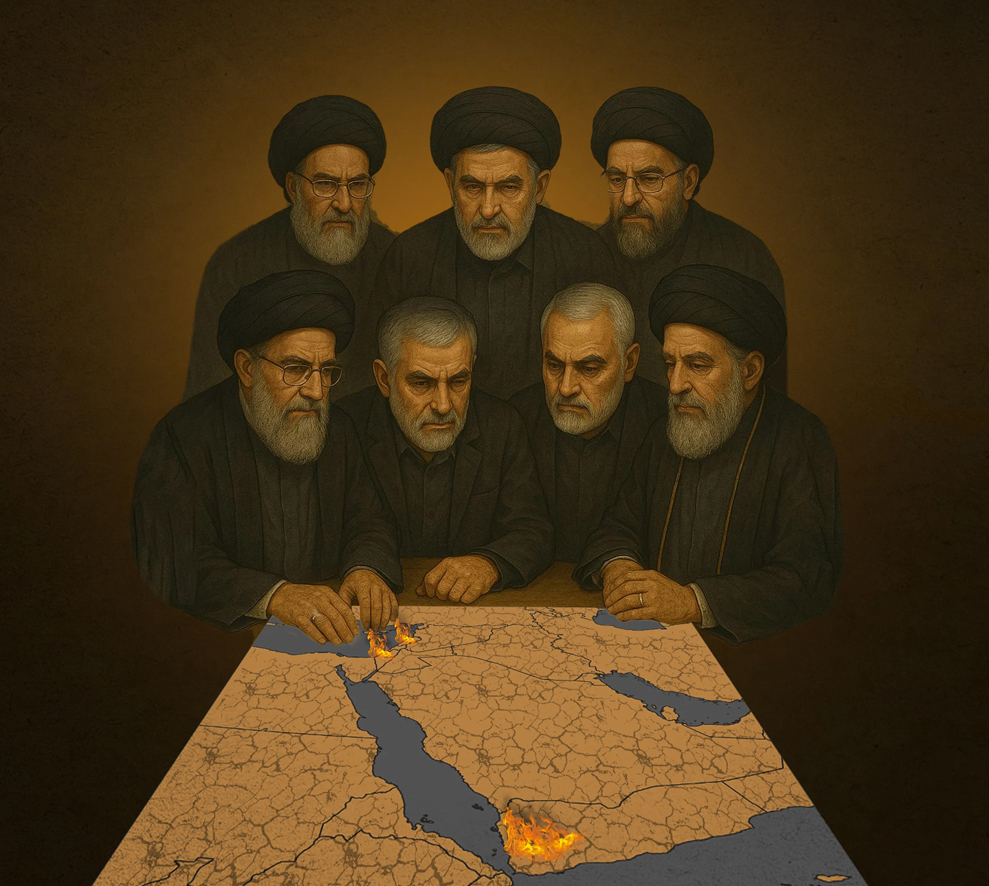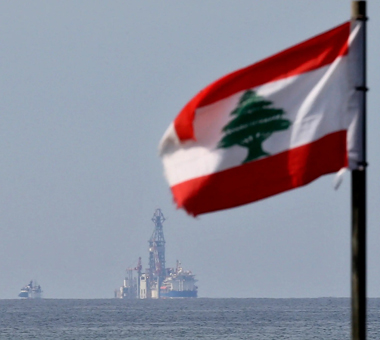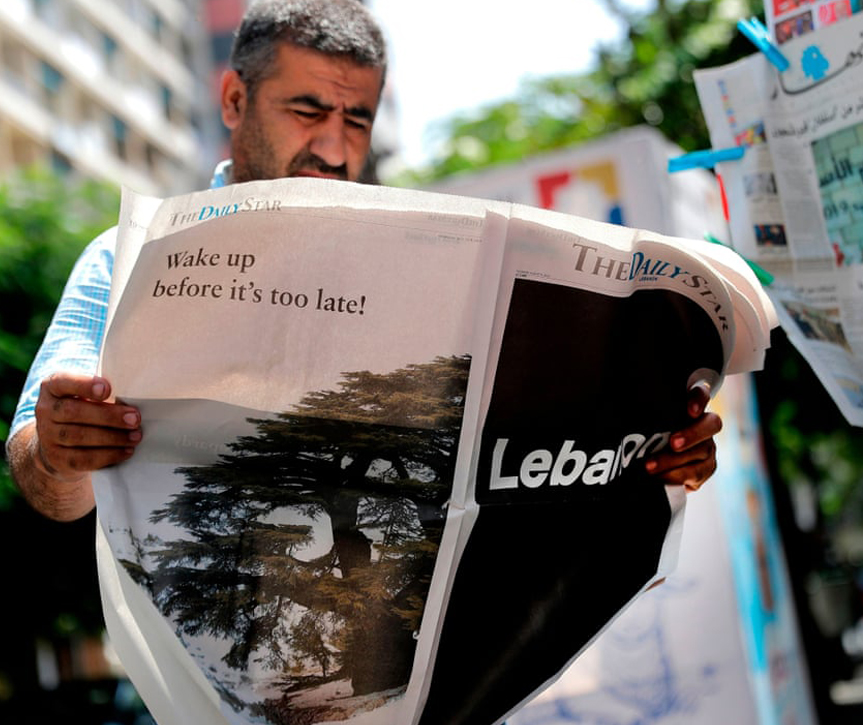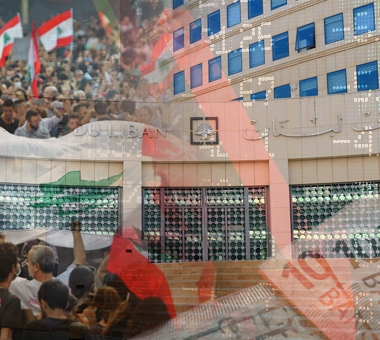On June 11, 2023, Hezbollah erected tents in the Shebaa Farms area along the Blue Line of demarcation drawn by the United Nations in 2000 to define the borders between Lebanon and Israel. This action raised questions about the impact of these tents on the mutual deterrence concept between Hezbollah and Israel, which has been in place since their last conflict in July 2006. Diplomatic efforts to resolve this issue have stalled, and Hezbollah has continued to erect more tents, even after removing one, while maintaining the same number of fighters. This situation has led to increased tension and uncertainty about the future of the relationship between Hezbollah and Israel.
The issue of the tents came after a previous series of issues and events between Hezbollah and Israel, such as Israel’s Karish gas field, the explosive device in Megiddo north of Israel, launching rockets from Lebanese territories towards Israeli settlements, and Israel’s building of a security wall around the village of Al-Ghajar. Additionally, there is the issue of demarcating the borders between Israel and Lebanon.
All these events raise questions about the possibilities of whether the tents issue will develop according to the nature of the Israeli response and what response is expected from Hezbollah.
Tents Areas: A Historical Background
The Shebaa Farms, a small strip of land at the intersection of the Lebanese-Syrian border and the Israeli-occupied Golan Heights, is a disputed territory that has been occupied by Israel since 1967. The controversy over sovereignty rights to the Shebaa Farms and surrounding hills arose after Israel refused to cede them or the southern part of Al-Ghajar village following its withdrawal from southern Lebanon in 2000. This was after the Blue Line was demarcated. Israel argued that these territories were Syrian, not Lebanese, which is also the United Nations’ position on the Shebaa Farms. The issue became more complicated in 2019 when former U.S. President Donald Trump recognized Israel’s full sovereignty over the Golan Heights, implicitly recognizing Israel’s sovereignty over the Shebaa Farms and surrounding hills.
Hezbollah’s renewed focus on the Shebaa Farms issue comes at a time of regional tension among Lebanon, Syria, and Israel: Israeli-Iranian escalation, the political and economic crises in Lebanon (in which Hezbollah is involved), the complexities of the Syrian crisis, and the domestic crisis in Israel caused by the government coalition’s judicial reform plan.
To put it mildly, the revival of this issue adds another layer to an already complex situation.
Iranian-supported Hezbollah is acutely aware of these complexities, especially those related to the Israeli internal situation. It appears that Hezbollah seeks to exploit the current situation to achieve Lebanese sovereign goals, which may strengthen Hezbollah’s position against the thorny Lebanese issues, foremost of which is electing a president of the republic. By erecting tents, Hezbollah is sending both political and military messages to Israel. These messages are augmented by the May 2023 maneuvers Hezbollah launched near the Blue Line (marking the border between Lebanon and Israel) in southern Lebanon and also by the ensuing events, including an attempt by Hezbollah members to target the border fence with Israel—an operation that resulted in Israeli fire on July 12. Additionally, there are indications of Hezbollah’s growing role in providing logistical and training support to armed groups in the West Bank.
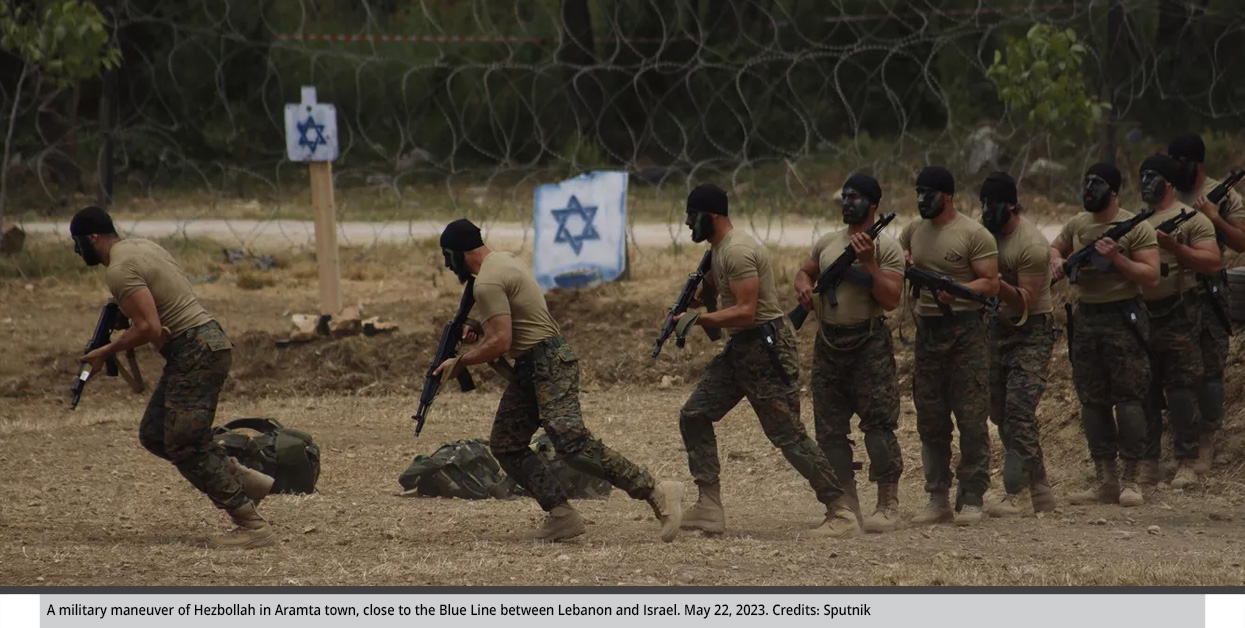
What does Hezbollah Want?
By erecting tents in the disputed areas, Hezbollah aims to achieve the following set of complex goals that intersect with Iranian political and security considerations as well as Lebanese domestic circumstances and Hezbollah’s position on them.
Reducing Israel’s Deterrence Capability
Hezbollah attempts to exploit the deep divisions within Israeli society, believing that such divisions weaken the Israeli government and army, making them hesitant to take any steps—even limited ones—against Hezbollah that could lead to an escalation. These steps fall within the context of a directed psychological and moral warfare.
Achieving a Tactical Victory
This involves pressuring Israel to abandon the construction of both the barbed wire fence and the concrete wall surrounding the village of Al-Ghajar, a project that Israel initiated in July 2023. Hezbollah’s success in this endeavor would enhance its position in the Lebanese arena and provide room for maneuvering to assert other Lebanese demands related to regaining sovereignty over Shebaa Farms and the surrounding hills.
Reviving the Issue of Regionally and Internationally Disputed Territories
Hezbollah aims to refocus attention on the issue of Lebanese territories occupied by Israel, both on a regional level and within international institutions. This is in light of Lebanon’s refusal to recognize the Blue Line as an official border with Israel and the upcoming renewal date for the United Nations Interim Force in Lebanon (UNIFIL) mission.
Strengthening Hezbollah’s Position in Lebanon
Hezbollah seeks to reduce political polarization within Lebanon and mitigate criticism from other political factions, particularly following the failure of successive governments to resolve domestic Lebanese crises.
Emphasizing the “Unity of Arenas”
The “unity of the arenas” is Iran’s strategy to encircle Israel and weaken its ability to launch attacks on Iranian military and nuclear targets. Keeping the Lebanese arena open and ready for the possibility of escalation with Israel aligns with this strategy.
The Possibilities of a Military Escalation between Israel and Hezbollah
Indicators suggest that a political solution to the “tent” issue is possible, given the significant risks associated with a military confrontation between Hezbollah and Israel. Hezbollah has successfully pushed international actors to intervene diplomatically and propose political solutions, such as the recent U.S. proposal to dismantle the tents in exchange for Israel halting the construction of the fence and concrete wall around Al-Ghajar village.
The likelihood of Hezbollah accepting this proposal has increased significantly, particularly after Hezbollah Secretary-General Hassan Nasrallah emphasized on July 12, 2023, the need for Israeli withdrawal from several points along the border with Lebanon. Nasrallah stressed that “efforts must be integrated between the state and resistance, with support from the Lebanese people, so that we can regain our occupied land in Al-Ghajar village.”
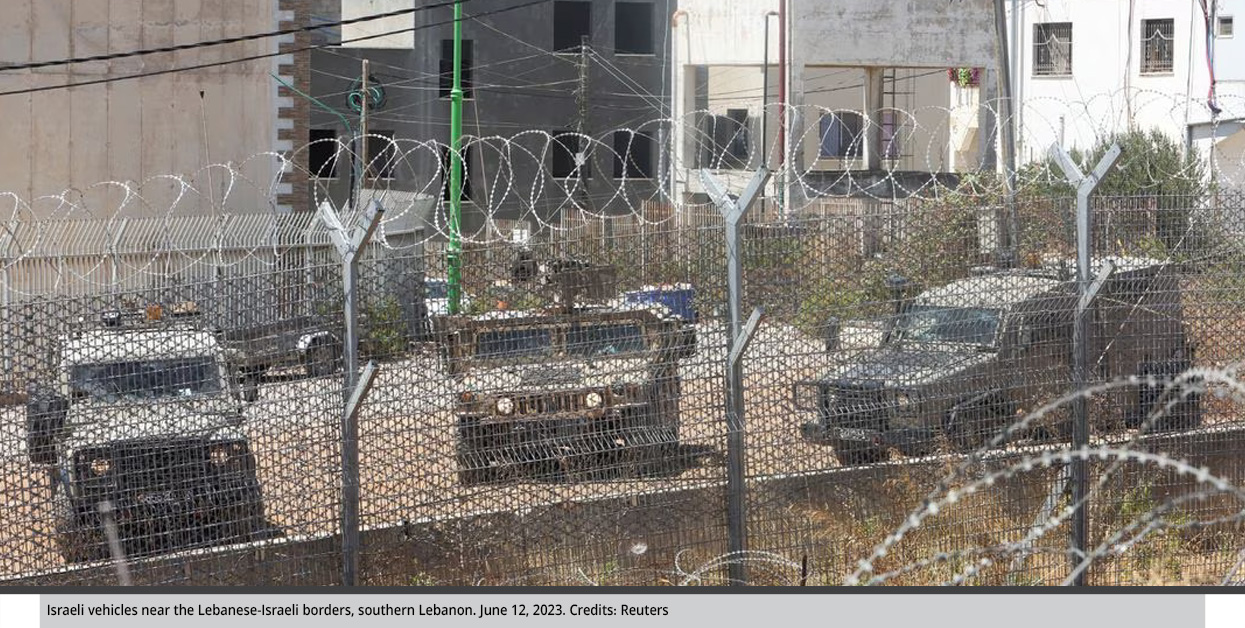
The possibility of the “tent” issue escalating into a limited military confrontation remains, particularly due to the pressure on the Israeli government as shootings targeting settlers in the West Bank persist, including recent attacks in Hawara and Hebron. Right-wing parties in Israel have increasingly accused Israeli Prime Minister Benjamin Netanyahu of failing to prevent these attacks on Israelis. Israel’s security cabinet responded on August 22 by authorizing Israeli Defense Minister Yoav Galant to implement a series of “measures” to combat those responsible for the attacks and their supporters. This decision allows the defense minister to mobilize the army to remove Hezbollah’s tents, potentially leading to direct conflict.
While this conflict may initially be limited, it could escalate into a prolonged war lasting days or even weeks. Similar situations have occurred globally, such as in the Galwan Valley on the Indian-Chinese border, where tensions between soldiers from both countries escalated into daily skirmishes and culminated in a June 2020 clash resulting in the deaths of 20 Indian soldiers and four Chinese soldiers.
Finally, the issue of Hezbollah’s tents represents a new chapter of tension between Israel and Hezbollah, both of which have exercised restraint during various episodes of tension since 2006. However, factors such as deterrence, shifts in the balance of power, and the multitude of arenas for Israeli-Iranian escalation (whether in the West Bank, Gaza Strip, or southern Lebanon) indicate that the chances of confrontation between Israel and Hezbollah are increasing by the day. Even if a political breakthrough occurs regarding the tents through the implementation of the American proposal, sources of escalation and tension remain multiple and ever-present.
Keep in touch
In-depth analyses delivered weekly.
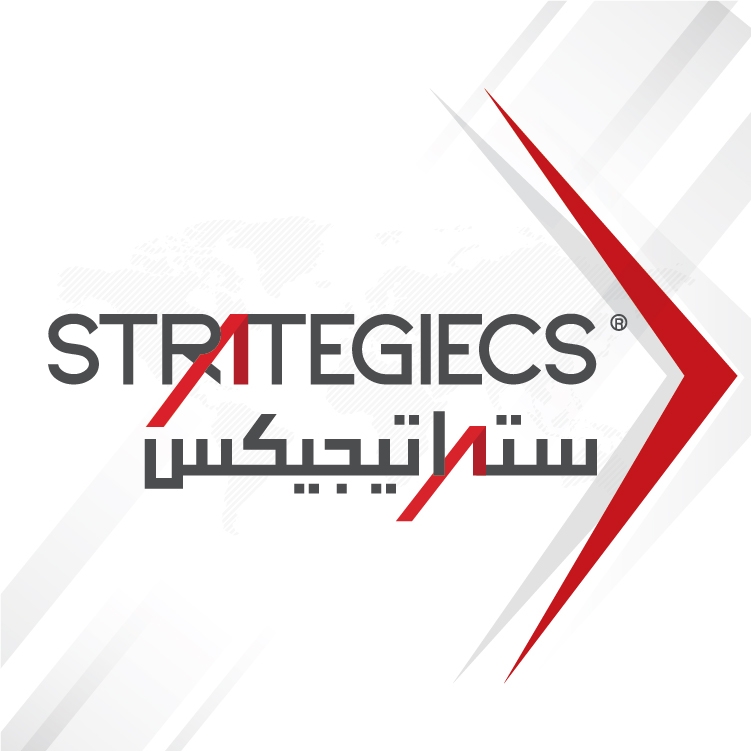
Related Analyses:







